How I estimate project costs and timelines?
My colleagues and clients always ask me how I estimate project costs and timelines. How is it so accurate and systematic? Let me answer this for you. For a Creative Full Stack Developer Freelancer, estimating project costs and project timeline plays an important role. Having proper and accurate estimation helps a freelancer to set clear expectations with the clients. Likewise, it also helps manage workload and time management effectively, ensuring that the projects are completed within budget and on time.
Here's a detailed guide to help you get started with estimating project costs and timelines:
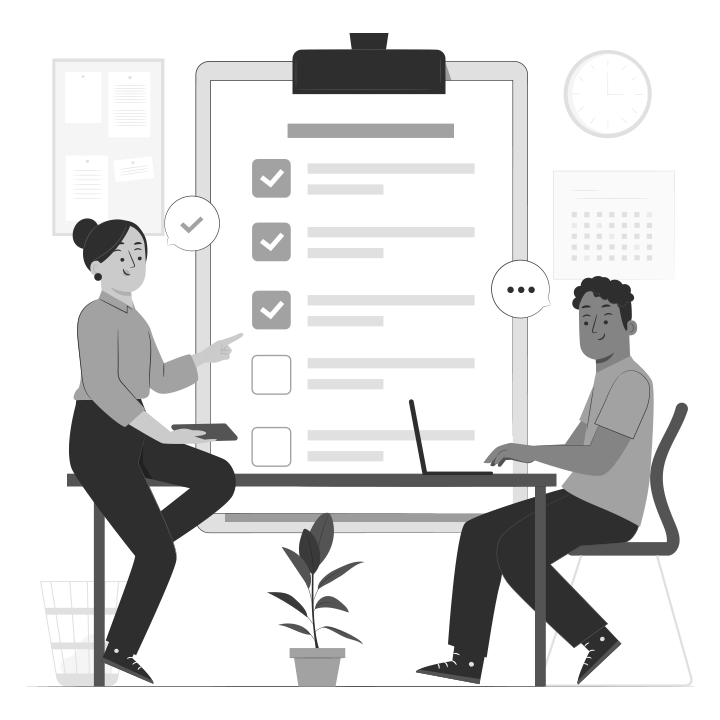
1. Requirement Analysis
A freelancer must always initiate by thoroughly understanding the client's requirements. Before executing the project technically, it is crucial to communicate with the client to clarify any uncertainties and try to gather all the necessary information. Information such as application functionality, features, design preferences, and all the specific technical details you can get.
2. Project Breakdown
Once you've collected all the requirements, we freeze it. Then, we divide the project into smaller, manageable tasks, features, or modules. This breakdown will help you create a more accurate estimation by considering the complexity and time required for each component.
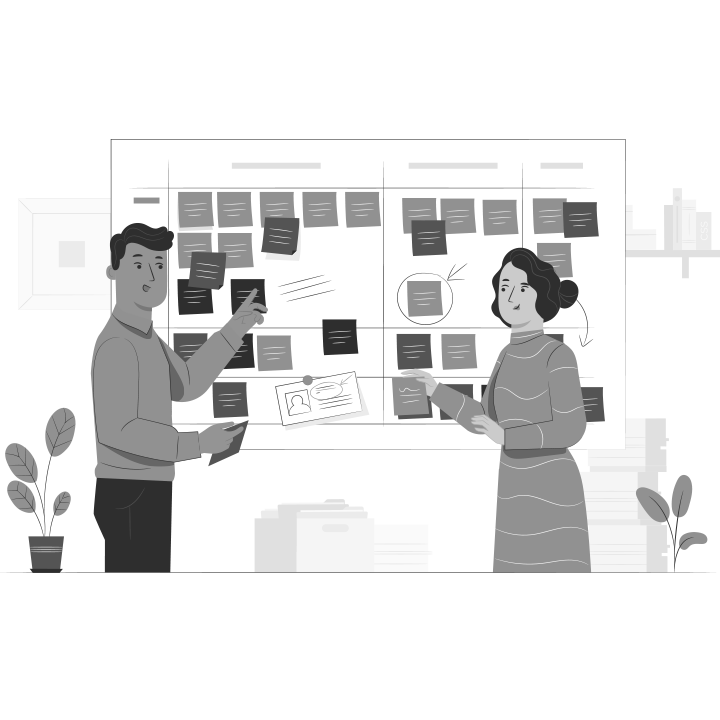

3. Analyze Technical Complexity
Whether you're building a simple website, an e-commerce application, or a full-fledged MIS application, start by analyzing the technical complexity of the application. Take a pen and a piece of paper, and list all the challenging features and integrations that might require additional time, effort, and resources. For example- Third-party API integrations, complex database structure, and custom functionalities.
4. Review Past Projects
If you've been working in this field for about 2-3 years, surely your project will be similar to one of your past projects. You can review how long those projects took and the associated costs. It helps serve as a baseline for estimating similar projects in the future.
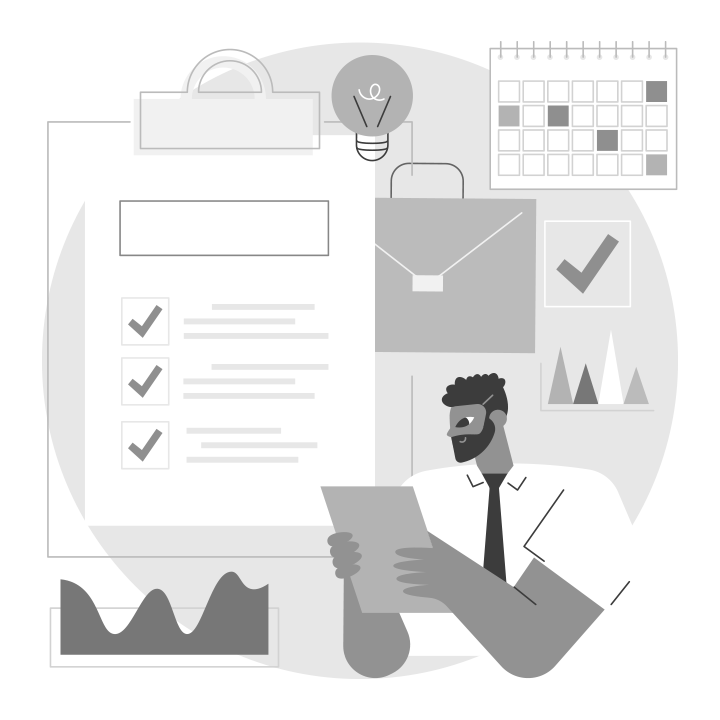
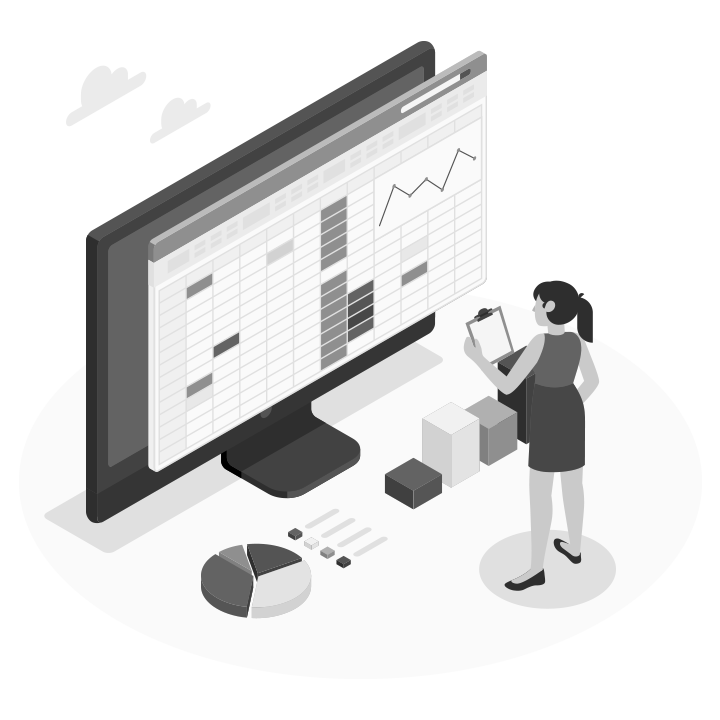
5. Estimating Development Time
Here's where your experience comes into play. You should now estimate the time required for each task, feature, or module based on your expertise and experience. Consider factors like coding, testing, debugging, and potential iterations.
6. Quality Assurance
Have you estimated the development time? Don't forget to allocate time for testing and quality assurance as well. They are equally crucial to ensure the application functions as intended and is free from bugs and errors.


7. Project Time = Actual Time + Buffer Time
You aren't going to work regularly on this project now, are you? Likewise, the clients aren't going to give you all your requirements on the requested date now, are they? Therefore, it is wise to include a buffer in your project estimation to account for unexpected delays.
8. Calculate
You have a complete project breakdown considering project requirements, functional modules, and a calculated timeline. Next, calculate your project cost by multiplying the estimated development time by your hourly rate. Include any additional amount like third-party tools, licenses, or resources required for the project.

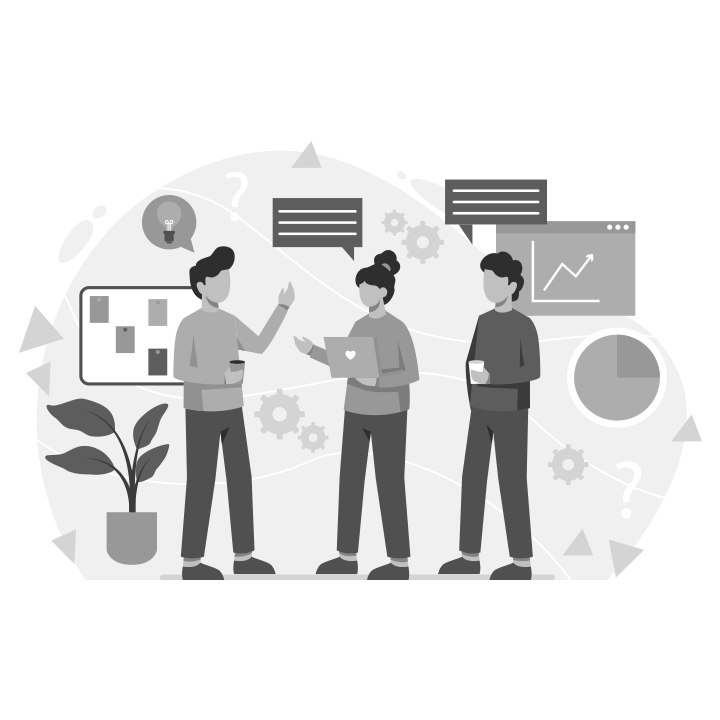
9. Communicate
Have a budget plan ready? Communicate the assumptions you've made during the estimation process, as well as any constraints that might affect the timeline or costs. Maintaining this sort of transparency helps manage client expectations.
10. Project Proposal
Taking everything into consideration, create a detailed proposal that outlines the scope of work, functional module breakdown, timeline, estimated cost, and payment schedule. Next, present this proposal to the client for approval.
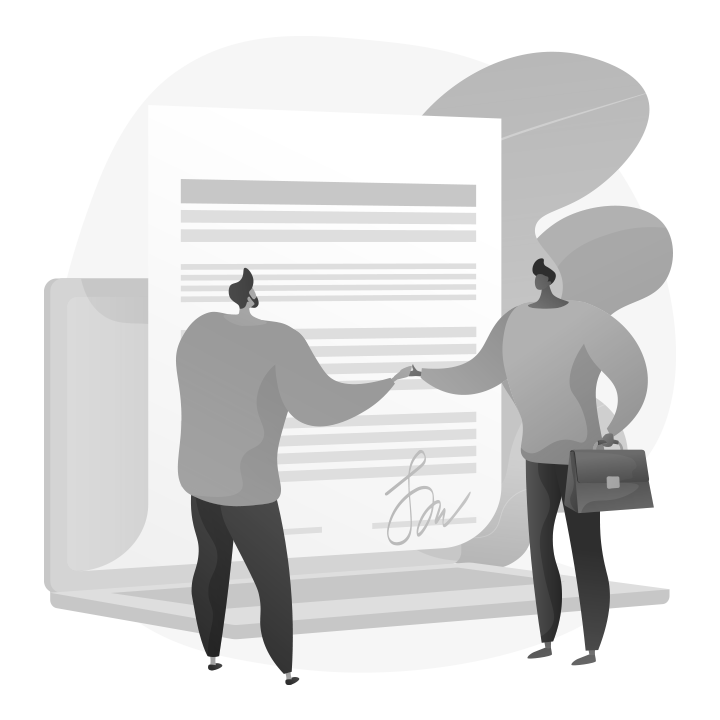
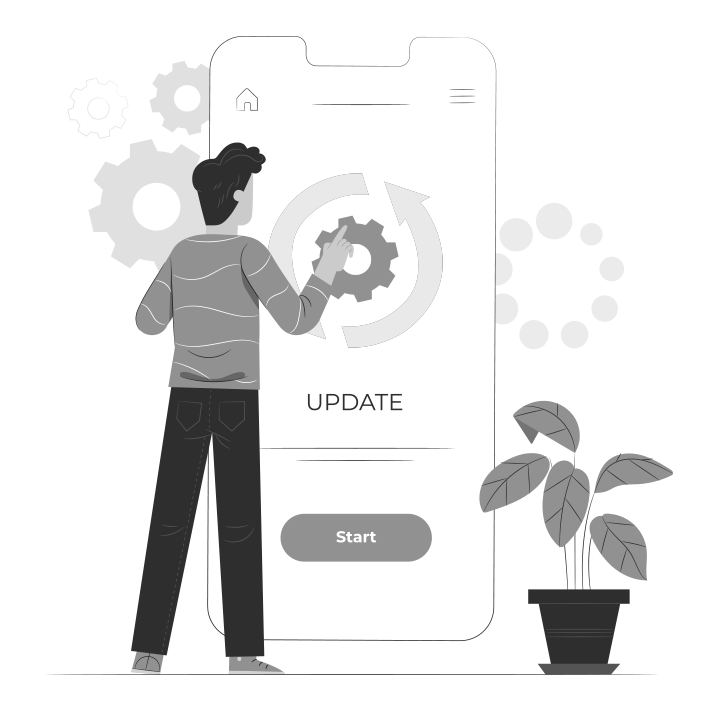
11. Regularly Update Estimates
The requirements are frozen remember? Keep the client informed about any changes in scope, or timeline that might impact the estimate. You should ensure monitoring your estimatations based on your actual progress.
12. Iterate and Improve
After the project is complete, review the actual time and costs against your planned estimation. This will help you refine your estimation process for future projects. Analyze all the huddles you came across during the project period, work on improving yourself on overcoming those for future projects.
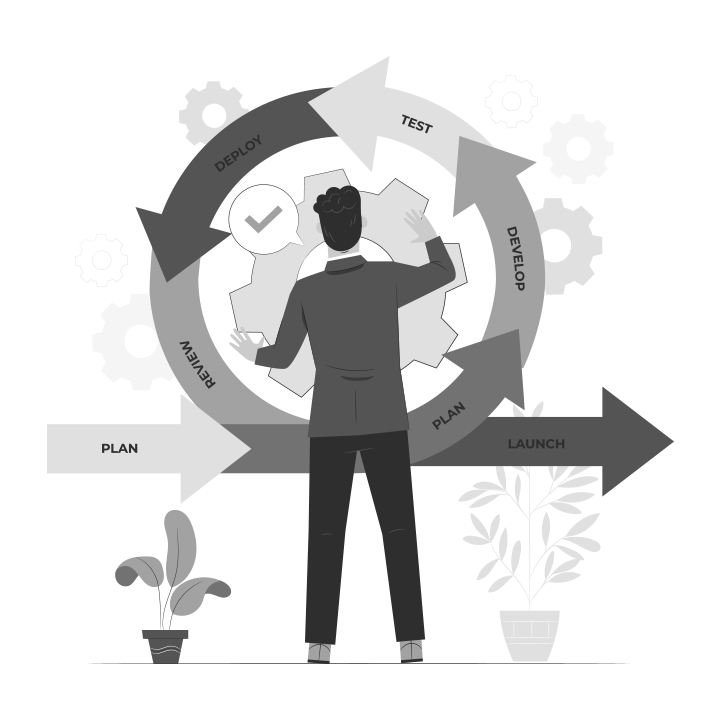
Always remember that accurate estimation improves your reputation as a freelancer and helps build trust with clients. However, estimating projects can be challenging, and you'll eventually encounter unexpected issues. Over time, you'll develop a better sense of how to estimate more accurately based on your experience. The key to learn it is by iteratively doing it. You wouldn't know how unless you take actions.


